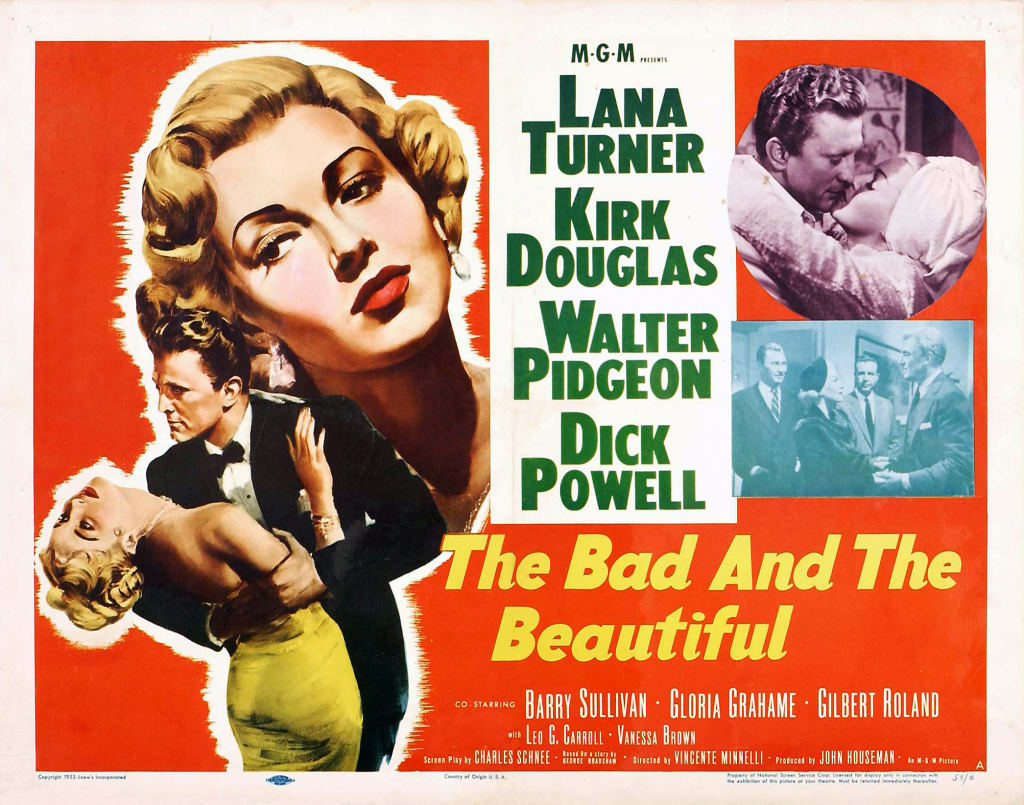
Director: Vincente Minnelli
Cast: Kirk Douglas, Lana Turner, Gloria Grahame, Walter Pidgeon, Dick Powell, Barry Sullivan
Writers: George Bradshaw and Charles Schnee
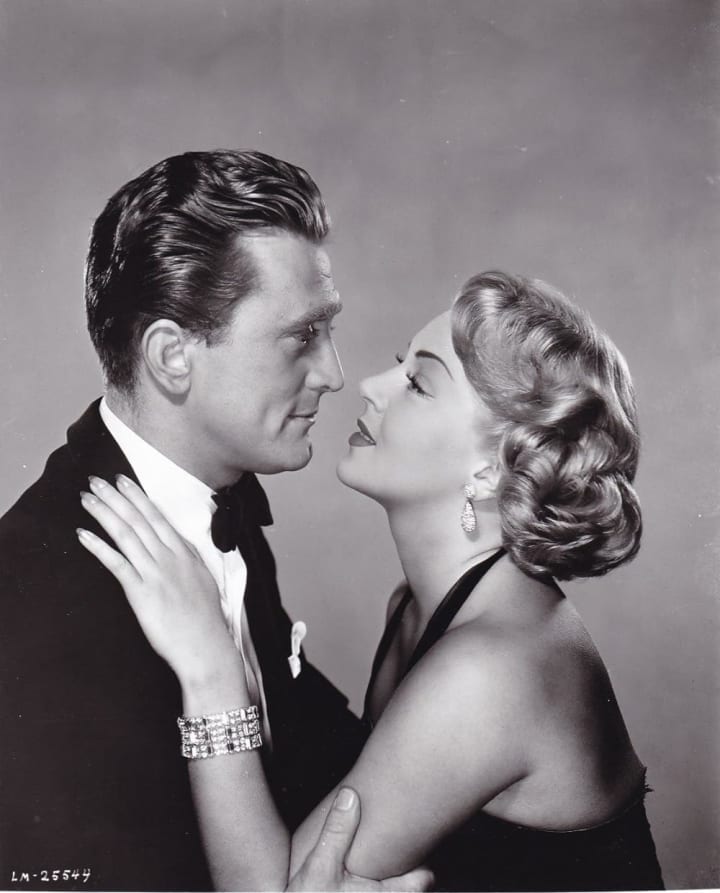
Picture the scene where my 1940s imaginary screen-writer persona is asked to make the coffee… again. I get my ass slapped on the way out, while the men discuss the real business. You can sense my frustration by the way my heels snap on the wooden floor.
Cut to the next scene. I am typing furiously . Black coffee and an ashtray full of cigarettes. I have something to say and my face spells determination whilst a script takes shape in a pile of paper next to the typewriter. A close-up shows the title: “The Bad and The Beautiful”.
I’ve written a drama about Hollywood, as an insider to all the dirty deals and double-crossing. A movie buff will be able to see through the thinly veiled references to industry figures. But I’ve kept them just vague and fuzzy enough to avoid any law suits.
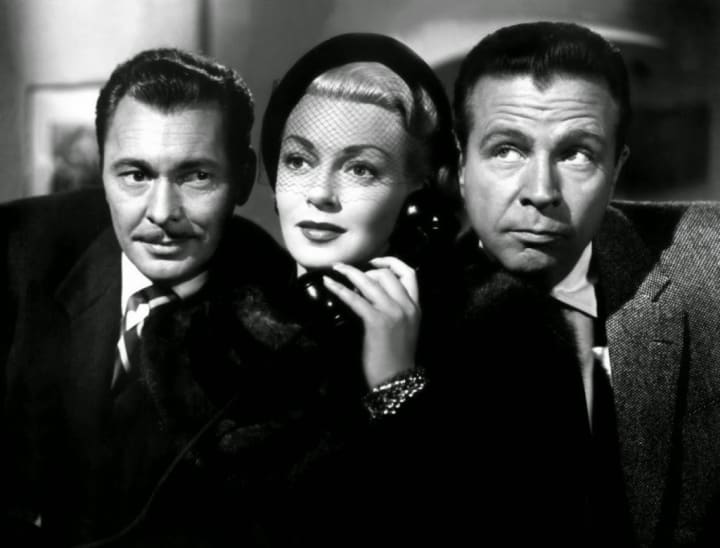
Ok, it didn’t happen like that, but that’s how I like to envision The Bad and the Beautiful got made. It is a film about Hollywood by Hollywood. It is seriously entertaining about manipulation, exploitation, betrayal and the desire to tell award-winning stories.
The Bad and the Beautiful is a 1952 American melodrama centred on the character of John Shields, a producer who has alienated everyone around him. We know this because no-one will take his calls. It takes another movie executive to gather a writer, a director and actress to discuss John Shields new movie idea. And while they wait for the phone call flashbacks are used to uncover their involvement with Shields, detailing the hurt his duplicity has caused.
The Bad and the Beautiful is a love letter to Hollywood. It is about how despite, (or possibly even because of) the backroom shenanigans, the distrust and suspicion, movies create beauty and magic.
It went on to win five Academy Awards.
If it has a moral, it is that dishonour and deceit can produce great, magical movies.
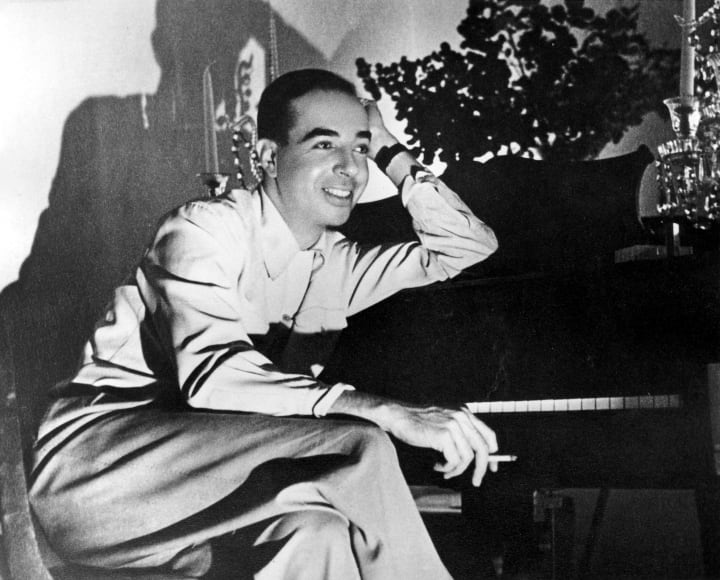
“The search in films, what you try to create, is a little magic.” (Vincente Minnelli)
If I had written about the glamour of Hollywood as both superficial and magical, I would choose Vincente Minnelli as my director. He was a director who had a strong sense of artistic flair, most keenly demonstrated in the glorious ballet of An American in Paris. There he showed his keen designer’s eye and the blurring of distinction between high art and popular culture to produce something beautiful for its own sake.
James Naremore described Minnelli as having a “store-window sensibility” – in which everything looks set-decorated and artificial. So that even the sleazy apartment of Lana Turner’s drunken Georgia is messy but gorgeously decorative.
He was the right director to showcase ugly egos in beautiful skins.
Three of the five Oscars were awarded for the design and look of the show: cinematography, costume design and art direction.
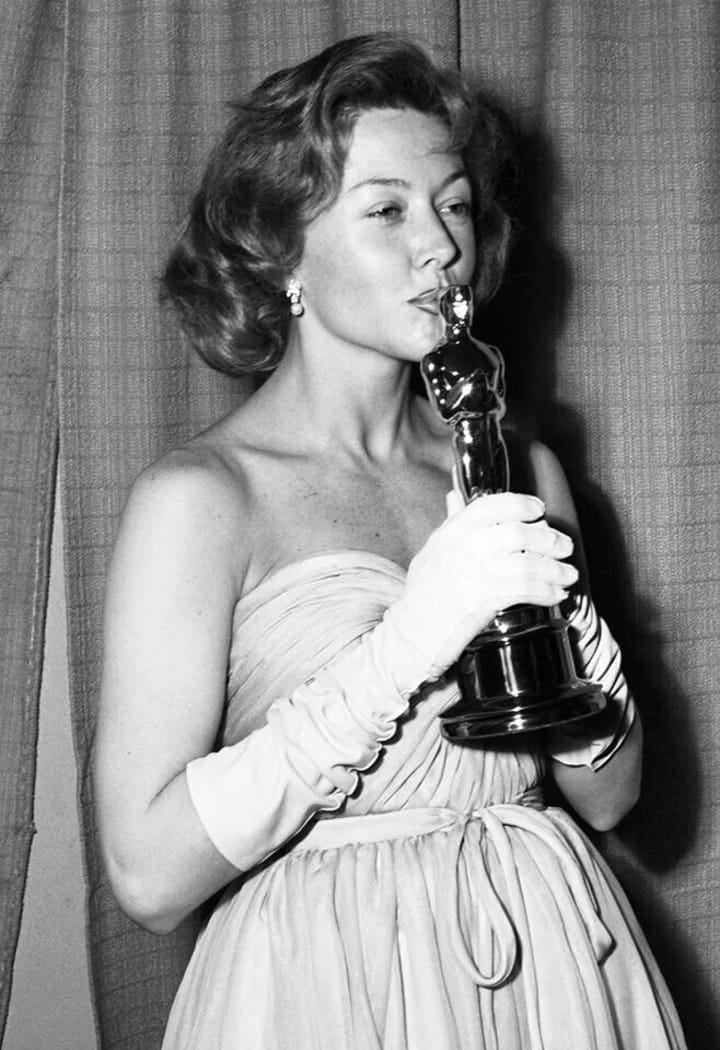
Two of the Oscar nominations were for acting. Kurt Douglas was nominated for Best Actor, losing out to Humphrey Bogart. Gloria Grahame was also nominated and won for Best Supporting Actor. Grahame is probably best known for her work in Film Noir. She was a perfect foil to Humphrey Bogart in In a Lonely Place (1950). And she had received a previous academy award nomination for Crossfire (1947) another hard-hitting noir, concerned with antisemitism.
But here in The Bad and The Beautiful, Grahame is something else. It is only a small role and occupied less than 10 minutes of screen time, which at the time was the shortest performance to win an Oscar. The role of Rosemary Bartlow is no femme fatale. She is flirtatious and sweet with finesse and comic timing, delivered with a wholesome Virginian accent. She makes the spectacle of red carpets and Hollywood parties look fresh to the viewers.
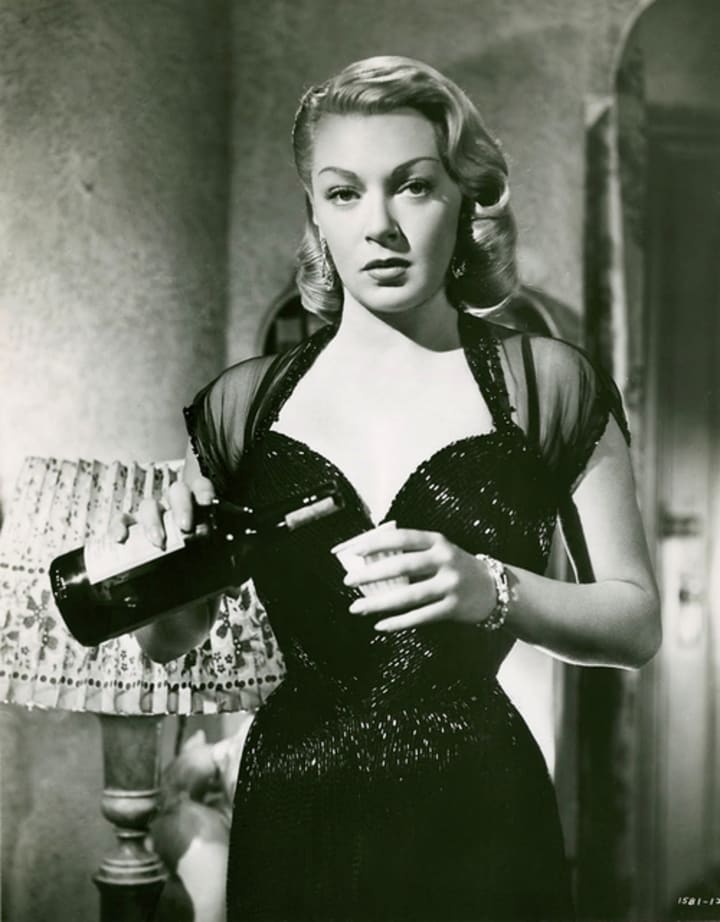
Lana Turner did not receive a nomination, but this film went some way to her being seen as an acting talent. She is the drunken Georgia, part of an acting dynasty, but too sozzled to be able to fulfil any potential, until John Shields takes her under his wing, both professionally and personally. For those interested in the potential gossip, it is suspected that Lana Turner’s character is referencing John Barrymore’s tragic daughter, Diana Barrymore, who had a brief career as an actress.
The casting of Lana Turner is another layer of movie magic.
The epitome of the Hollywood glamour girl, Lana Turner was as famous for her melodramatic life as for her film performances. And she had the most "Hollywood" discovery story.
Legend has it that she caught the attention of Billy Wilkerson, the editor of the Hollywood Reporter, while she was cutting class at the lunch counter of a drugstore. Her first appearance on screen was a small part in They Won’t Forget (1937). Turner was reportedly horrified when the audience began to whistle when she appeared on screen wearing a tight sweater. This appearance earned her the nick name The Sweater Girl. An image she struggle to shrug off throughout her career.
She was a regular feature in Hollywood gossip columns for her high-profile relationships and affection for nightclubs. She was considered a beauty more than an actress. A few years later, the gossip columnists were to have another field day with Turner’s turbulent family life, but this film cemented her as a talent.

The final Oscar went to Charles Schnee for the screenplay.
Pauline Kael was rather dismissive of the film. She writes:
“The same year as the great Hollywood Dunciad Singin’ in the Rain, there was a rather hysterical piece of Hollywoodian self-analysis – The Bad and the Beautiful. The former was a satire, the latter a satire, despite itself.”
I get what she is saying. There is an inconsistency to the storytelling. And I’m not sure how deliberate it is. Sometimes the tone is earnest, and sometimes it veers towards parody.
The film wants to say something about the moral bankruptcy in Hollywood. That people get away with doing bad things, in the name of art or business, and in doing so, they can wreck careers and personal lives. Except it doesn’t quite say that. Instead it says that success is measured by awards. And that letting people down is good for them. Camaraderie only matters inasmuch as it gets a job done. John Shields is forgiven.
There is also a problem with the structure of the film. It is heavily reliant on the use of the flashback. The flashback was a fundamental resource of 1940s cinema. But by the time of The Bad and The Beautiful, they were definitely on their way out. Herman in his 1952 book on screen writing concluded that, “The flashback is trashy.”
And it does look hack by today’s standards, where the flashback is used more sparingly, with particular purpose – to show mental distress, or as pastiche in light mystery.
But the dialogue – well that’s good. It’s pithy. It’s full of quick wit and wry observation about the shallow nature of movie making.
Harry Pebbel: I've told you a hundred times. I don't want to win awards. Give me pictures that end with a kiss and black ink on the books.
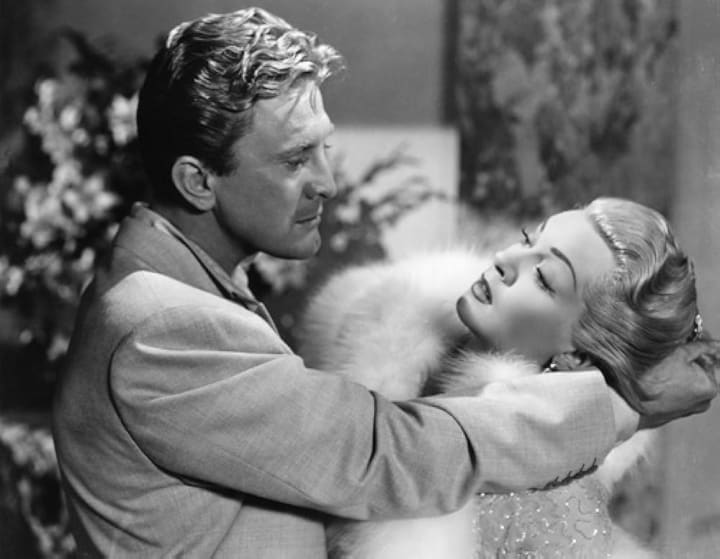
In the end, I loved the film.
I can see its flaws. I can see it is morally ambiguous.
But it looks so good.
And what is so wrong about that?
Movies from the Classic Hollywood era are a complicated watch for a modern audience - even for a fan, who imagines herself writing 1940s screenplays. And this is the sort of film I can imagine myself writing. I would want to say something angry, impassioned about the state of the studio machinery and the inequality that it produced. Yet, I would also need it to be resolved within a two hour timeframe, where there are heroes and villains, who are beautiful in beautiful settings, because that is part of the comfort that the movies offer me. And that was the dilemma that faced Charles Schnee in writing this movie – seeing corruption, but loving it anyway.
So despite all that pain and fury, like Charles Schnee, I would also write a love letter to Hollywood.
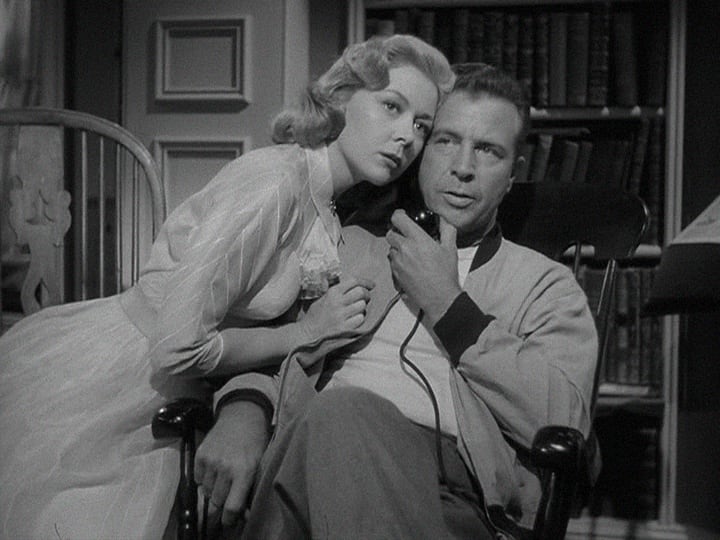
If you've enjoyed what you have read, consider subscribing to my writing on Vocal. If you'd like to support my writing, you can do so by a regular pledge or leaving a one-time tip. Thank you.
About the Creator
Rachel Robbins
Writer-Performer based in the North of England. A joyous, flawed mess.
Please read my stories and enjoy. And if you can, please leave a tip. Money raised will be used towards funding a one-woman story-telling, comedy show.
Enjoyed the story? Support the Creator.
Subscribe for free to receive all their stories in your feed. You could also pledge your support or give them a one-off tip, letting them know you appreciate their work.


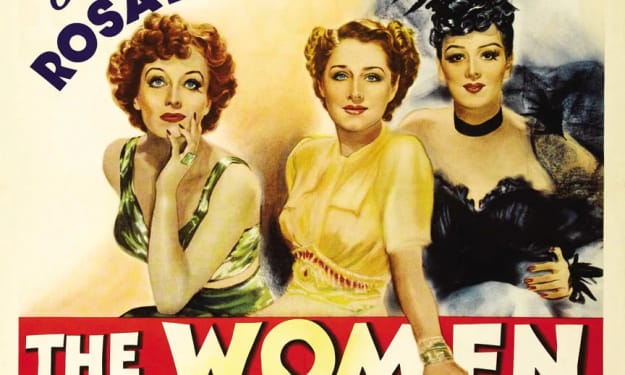



Comments (1)
Another great review Rachel. Love your original approach and the insight you bring.